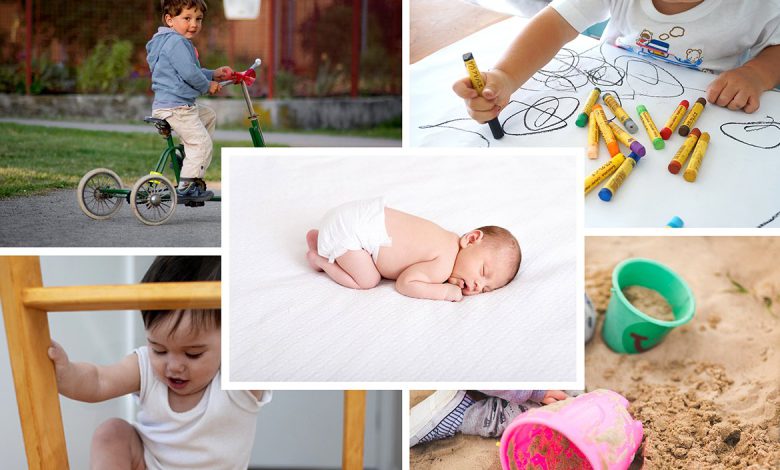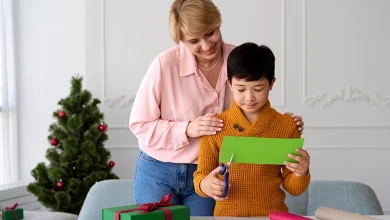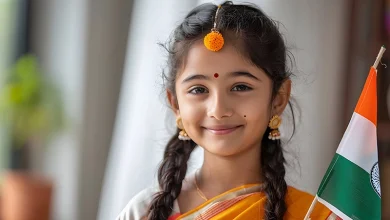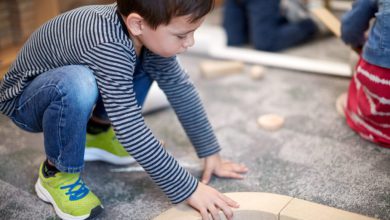Physical Development Guide for Kids 3-6 Years

Many parents think about whether their children are growing properly at the right age.
Here are 45 signs you can look for to feel assured that everything is fine with them in terms of physical development.
Hand Movement:
- draw a person
- copy shapes – like square
- copy alphabets
- trace and copy
- use safe scissors
- make sand castles
- build blocks
- colour and paint
- show preference for a hand
- eat on their own
- handle large zippers
- string beads
- pour liquids from and into small containers
- screw and unscrew large jars
- screw and unscrew cap of toothpaste tube
- turn rotating handles
- wash hands on their own
- open doors
- hold objects like mugs and books comfortably
Foot Movement:
- hop
- climb
- do somersaults
- stand on one foot
- walk backward
- turn and stop
- alternate feet when walking downstairs
hand and foot coordination:
- swing
- dress and undress on their own
- ride at least a tricycle
- run
- go up and down the stairs
- catch a bounced ball
- kick a ball forward
- indicate flying with arms stretched
- skip unevenly
- jump forward 8-12 inches
- put on and take off shoes and clothes
- use toilet on their own
- understand rhythmic movement of hands and feet
- bend over without falling
Body Growth:
- develop a well-defined forehead, nose and chin
- shoulders begin to narrow
- posture improves
- toddler tummy flattens
- toilet trained for the night time
These are everyday activities in routine situations. Not all of them develop at the same pace. Some of them become visible at the same time.
The list above is not a strict checklist. You may find that some kids do a lot more than these 45 actions. Or that some kids perform some actions better than the others.
The point behind compiling the list is to explain that things like physical development is not about huge theories or disorders. Not everyone understands the technicalities of developmental psychology. But every parent can understand how it translates in specific children.
These 45 points of physical development can help you give kids more opportunities to develop these skills further. You can design further activities so that children can express their growth better.
These activities could be combinations of:
- playing a clapping game
- skipping together
- cleaning up your bookshelf
- washing toys
- picking up toys
The possibilities are endless. The added advantage is that children know the art of finding fun in whatever they do.
Physical development in the age groups of 3 to 6 – the preschoolers – is a fun-filled phase. Because the children can now talk about any kind of pain they may be experiencing, it’s a phase relatively better than infancy.
Which activities can you think of in order to help kids have more fun while they grow?





